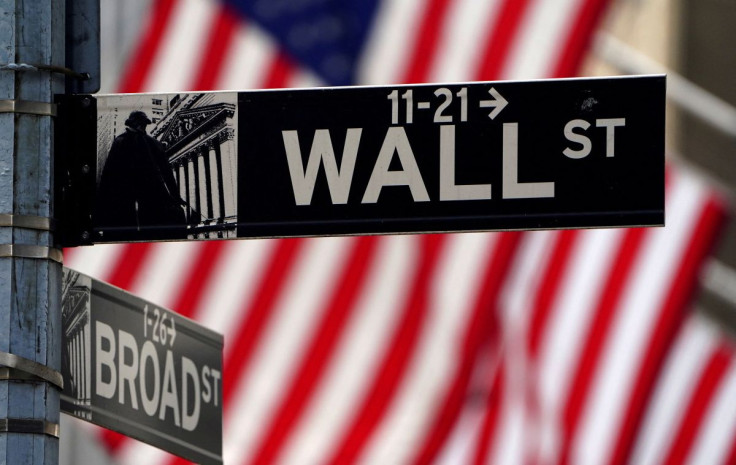S&P 500, Nasdaq Dip As Rising Bond Yields Pressure Growth Stocks

Wall Street was mixed on Thursday at the end of a holiday-shortened week as benchmark bond yields resumed their uphill climb and investors juggled earnings and economic data.
Rising 10-year Treasury yields pressured growth stocks, weighing the S&P 500 and the Nasdaq into negative territory, while industrials and healthcare helped keep the Dow in positive territory. [US/]
"When interest rates rise, higher P/E multiple stocks tend to decline," said Joseph Sroka, chief investment officer at NovaPoint in Atlanta. "There's been more concern that Fed actions could push the economy into recession, which is likely to give investors pause over owning higher growth, higher valued stock."
All three major U.S. stock indexes were on course to post weekly losses before the Good Friday holiday.
"The uncertainty over what can happen over a three-day weekend can cause (investors to) de-risk, but I don't think that's where we are now," Sroka added. "People are positioning themselves for next week's earnings."
A quartet of large U.S. banks shifted the first quarter reporting season into overdrive, with Goldman Sachs Group Inc, Citigroup Inc, Morgan Stanley, and Wells Fargo & Co all posting results.
While all four beat Street estimates, they also reported steep profit declines. Their share price reaction was mixed, and were last moving in the range of up 1% (Citigroup) to down by 5% (Wells Fargo). The broader S&P 500 Finance index fell 0.7%.
A host of economic data showed spiking gasoline prices helped retail sales beat consensus and prompted the largest jump in import prices in nearly 11 years.
The data falls in lockstep with other recent indicators, which appear to cement aggressive inflation-curbing actions from the Federal Reserve in the coming months, including a series of 50 basis point interest rate hikes.
Tesla Inc Chairman Elon Musk offered to take Twitter Inc private with a $41 billion cash offer. The social media company's shares oscillated, and were last nominally lower.
The Dow Jones Industrial Average rose 116.68 points, or 0.34%, to 34,681.27, the S&P 500 lost 19.89 points, or 0.45%, to 4,426.7 and the Nasdaq Composite dropped 172.67 points, or 1.27%, to 13,470.92.
Of the 11 major sectors in the S&P 500, tech shares were the biggest percentage losers.
The first-quarter reporting season is still in its infancy, with 34 of the companies in the S&P 500 having reported.
Analysts now expect aggregate annual S&P 500 earnings growth of 6.3%, less optimistic than the 7.5% growth projected at the beginning of the year.
Declining issues outnumbered advancing ones on the NYSE by a 1.34-to-1 ratio; on Nasdaq, a 1.80-to-1 ratio favored decliners.
The S&P 500 posted 31 new 52-week highs and 9 new lows; the Nasdaq Composite recorded 51 new highs and 179 new lows.
© Copyright Thomson Reuters 2024. All rights reserved.











